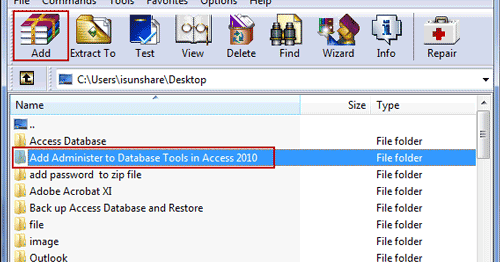

You can extract a single file or folder from the zipped file by selecting it, then pressing the Compressed Folder Tools tab on the ribbon bar. Windows is designed to ensure that browsing a zip files looks much like any typical folder. You won’t notice much difference between a typical folder and an open zipped file in Windows File Explorer. This will allow you to view the contents of the zip file in Windows File Explorer. You can rename this by right-clicking the file and pressing the Rename option.

This will create a new zip file, named using one of the files in the selection. From the options menu that appears, press Send To > Compressed (zipped) folder to create a new zip file containing those files and folders. If you want to use Windows File Explorer to create a zip file, select a number of files and folders, then right-click the selected file. Using this method wouldn’t be a good option if you want to create secure files, for instance. Zip files created using Windows 10 don’t allow for strong encryption, either. There isn’t, for instance, any method to add passwords to your zip file, although it does allows you to open password-protected zip files. This built-in method for creating and using zip files in Windows 10 is quite basic, however. This feature can be used from your desktop or from within the Windows File Explorer. It allows you to create archives containing files and folders, regardless of the file type, combining them in a single zip file. Using Windows File Explorer to Zip Files and FoldersĪ method for creating zip files has been included with Windows since Windows XP. Windows offers a built-in zipping tool, but you can also use third-party software like 7-Zip to achieve the same effect. You can also use ZIP and other archive formats to compress your files and maximize your disk space, especially on lower capacity devices or devices.


 0 kommentar(er)
0 kommentar(er)
